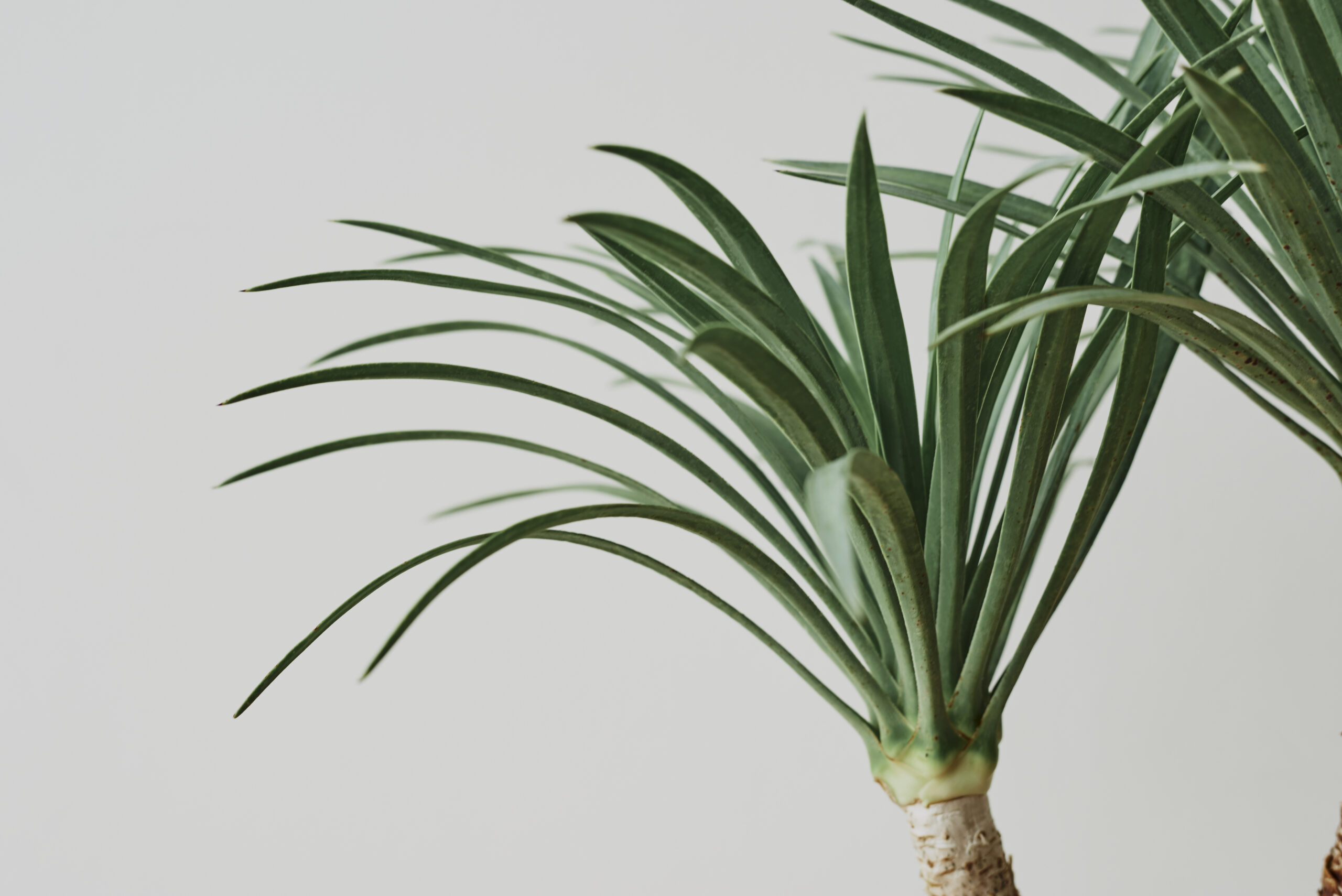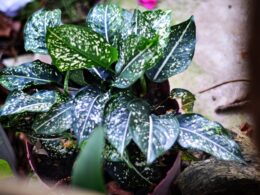We will give you tips on how to care for them, and how to grow them at home. So if you are interested in learning more about the zebra plant, keep reading!
What’s a Zebra Plant?
The zebra plant is a tropical evergreen that originates from Brazil. It’s named for its beautiful, striped leaves, which are elliptical and feature alternating light and dark green bands. The zebra plant typically grows to be about 2 feet tall (indoors), with leaves that can reach up to eight inches in length. In addition to its striking foliage, the zebra plant is also known for its fragrant flowers, which bloom throughout the year. These yellow blooms have a sweet, vanilla-like scent that is especially pronounced in the evening hours. While the zebra plant is relatively easy to care for, it does require consistent moisture and humidity levels to thrive. Those who live in dry or sunny climates may need to provide additional misting or watering to keep their zebra healthy. What about zebra plant care tips?
Zebra Plant Care Tips
The zebra plant is a hardy tropical evergreen that can tolerate a wide range of growing conditions. However, it does best in humid environments with consistent moisture levels. If you live in a dry or sunny climate, you may need to provide additional misting or watering to keep your zebra plant healthy. When it comes to light, the zebra plant prefers bright, indirect sunlight. If your zebra plant isn’t getting enough light, you may notice the leaves turning pale or yellow. To avoid this, make sure to place your zebra plant in an area that receives plenty of bright, indirect sunlight.
Fertilizing
When it comes to feeding your zebra plant, fertilize every two weeks during the spring and summer months, and monthly during the fall and winter. Use a balanced fertilizer that is formulated for tropical plants. If you are unsure about which fertilizer to use, ask your local nursery or gardening center for recommendations. In addition to regular fertilizing, zebra plants benefit from occasional doses of iron sulfate. This helps to prevent yellowing and chlorosis of the leaves. To apply iron sulfate, mix it with water according to the package directions and pour it around the base of the plant.
Watering
As we mentioned earlier, zebra plant care requires consistent moisture levels to thrive. They should be watered deeply about once a week, or whenever the top inch or two of soil feels dry to the touch. It’s important not to let your zebra plant dry out completely, as this can cause the leaves to drop off. During the winter months, you may need to water your zebra plant more frequently, as indoor conditions can be quite dry. Be sure to check the soil before watering, and only give your zebra plant enough water to moisten the soil.
Misting
In addition to regular watering, zebra plants also benefit from occasional misting. This helps to increase humidity levels and prevent the leaves from drying out. Misting is especially important in dry or sunny climates, or during the winter months, when indoor conditions are typically quite dry. To mist your zebra plant, simply use a spray bottle filled with distilled water. Spray the leaves until they are evenly coated and allow them to air dry. A room humidifier will also do the job.
Light
When it comes to light, zebra plant care dictates bright, indirect light. Too much direct sun can scorch the leaves and cause them to fade in color. If your zebra plant is not getting enough light, you may notice the leaves turning pale or yellow. To avoid this, make sure to place your zebra plant in an area that receives plenty of bright, indirect sunlight. Direct sunlight will scorch its leaves.
Potting the Zebra Plant
Zebra plants are known for their striking leaves, which are covered in white stripes. These beautiful plants are easy to care for and make a great addition to any indoor garden. Over time, however, zebra plants can become pot-bound and will need to be repotted. The best time to repot a zebra plant is in the spring, before new growth begins. When choosing a pot, be sure to choose one that is only slightly larger than the current pot. Zebra plants prefer well-drained soil, so be sure to use a potting mix that includes perlite or vermiculite. After repotting, water thoroughly and allow the plant to drain. Zebra plants do not like to be overwatered, so be sure to wait until the soil has dried out before watering again.
Aphelandra Squarrosa Problems
The zebra houseplant, native to Brazil, is a popular choice for many gardens. However, it is important to be aware of the diseases and pests that this plant is prone to. One of the most common problems is powdery mildew. This disease is characterized by a white powdery growth on the leaves. It can be unsightly and can eventually lead to leaf loss. Another problem that zebra plants can suffer from is root rot. This is usually caused by overwatering or poor drainage. Symptoms include yellowing leaves, wilting, and stunted growth. If you suspect that your plant has root rot, it is important to seek professional advice as soon as possible. Finally, zebra plants are also susceptible to scale insects.
Propagating a Zebra Plant
The zebra plant gets its name from the white veins running along its leaves. It’s a relatively easy plant to propagate. Here are some tips on how to do it:
- Cut a leaf off of the main plant with a sharp knife. Be sure to make a clean cut so that the leaf does not tear.
- Place the leaf on a flat surface, such as a plate or tray.
- Put some pebbles or sand on top of the leaf to weight it down and keep it in place.
- Put the plate or tray in a bright, sunny spot and wait for the leaf to form new roots.
- Once the leaf has rooted, you can pot it up in some well-drained soil.
So, are you ready for some TLC with your zebra plant care?



















